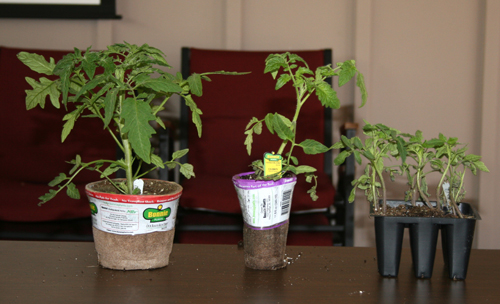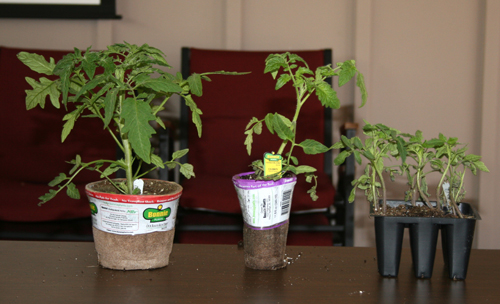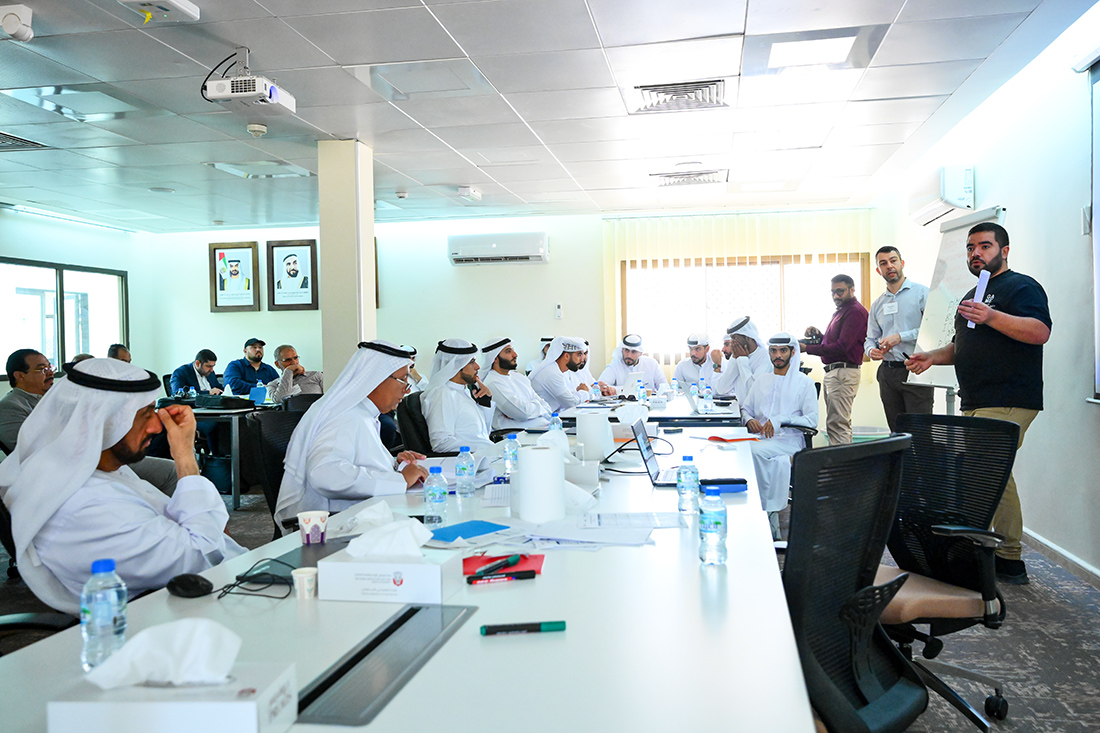Unfortunately, many would-be gardeners forgo planting a vegetable garden because they don’t think they have enough space. This need not be the case, since many vegetable varieties can be planted in small spaces. Alternative growing practices can also reduce the amount of space needed to grow a backyard (or back porch) garden.
Tomatoes are a garden favorite but many people assume they require a lot of garden growing space. Actually, many types of tomatoes don’t need much space to grow. Often, size differences in tomato plants are distinguished by the terms determinate and indeterminate.
Determinate tomatoes grow to a certain size, and then produce flowers and fruit. There can be varying degrees of determinate tomatoes. Those that are strongly determinate are often called patio tomatoes because they can be grown in a pot. This makes growing tomatoes possible for apartment dwellers who just have a patio or terrace. Some of these varieties grow just 1 to 2 feet tall.
Indeterminate tomatoes, on the other hand, keep growing and setting flowers and fruit throughout the growing season.
Watermelon and cantaloupe usually require a lot of space to grow. The vining nature of these plants quickly covers some real estate. Fortunately, both fruits have dwarf varieties that require less room to grow. Often these dwarf varieties are called bush or short-internode types. The vines of these varieties don’t elongate like typical watermelon or cantaloupe varieties so they take up much less garden space. With proper care and water, they will produce fruit the same size as standard or long-internode types.
Beans and southern peas are also available in bush varieties that require less space and offer excellent yields.
An alternative method for growing vining crops like cantaloupe and cucumber is to grow vertically. Vining crops can be trained on a trellis or wire frame. Use a cloth or net sling to support the fruit. Cantaloupe, particularly, will slip from the vine when ripe and may be damaged if not supported while growing on a trellis.
Many vegetables grow in small spaces without gardeners having to search for special varieties or use special cultural practices. These include lettuce, mustard, onions, radish and spinach. Vegetables that are harvested as leaves, such as collards and kale, can be grown in small spaces, too. Just harvest immature leaves, before the plants become very large.
Start planning your garden spot now to be sure you allow plants the room they need to grow while providing the biggest harvest of homegrown vegetables for your family. For more help planning your next garden, see the University of Georgia Cooperative Extension publication “Vegetable Gardening in Georgia” at www.caes.uga.edu/publications or contact your local UGA Extension agent at 1-800-ASK-UGA1.





